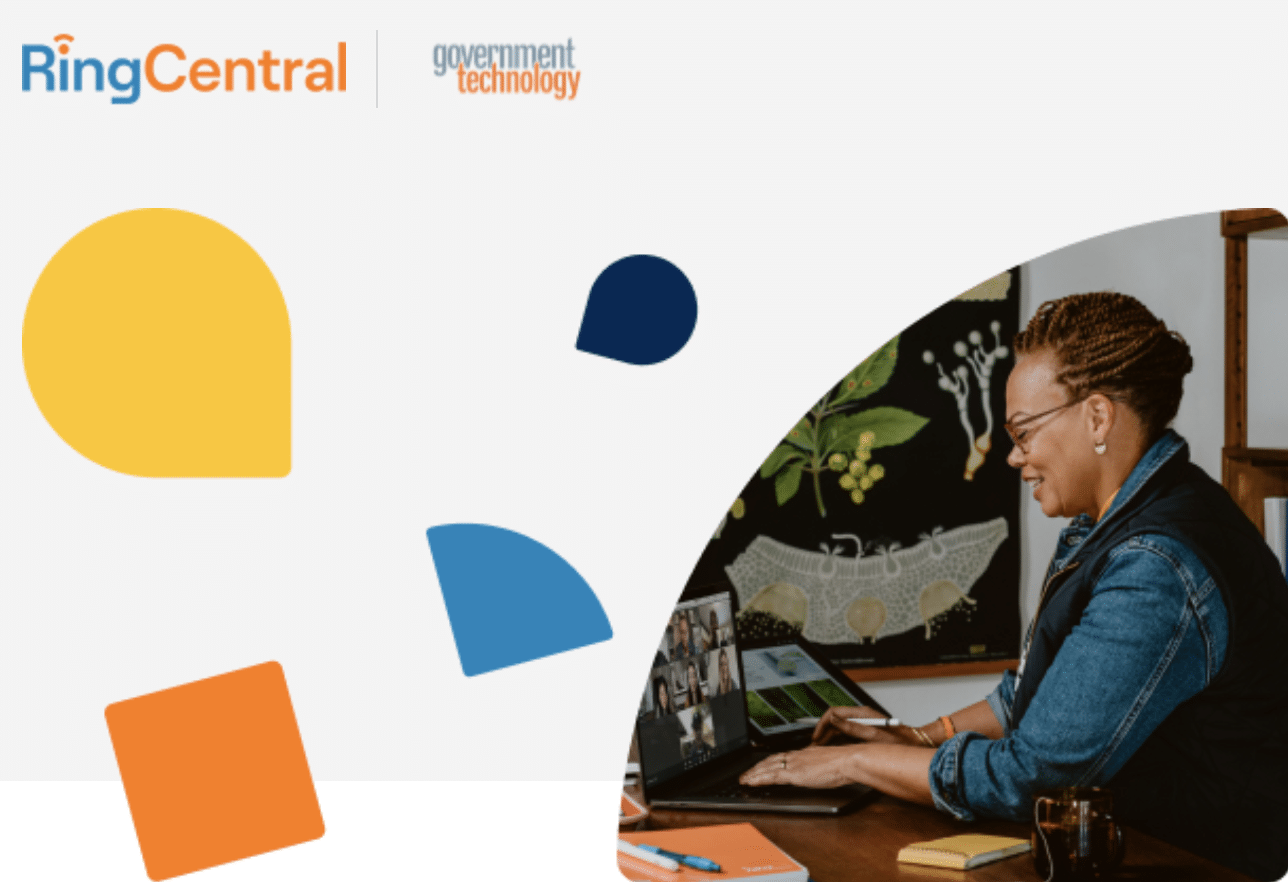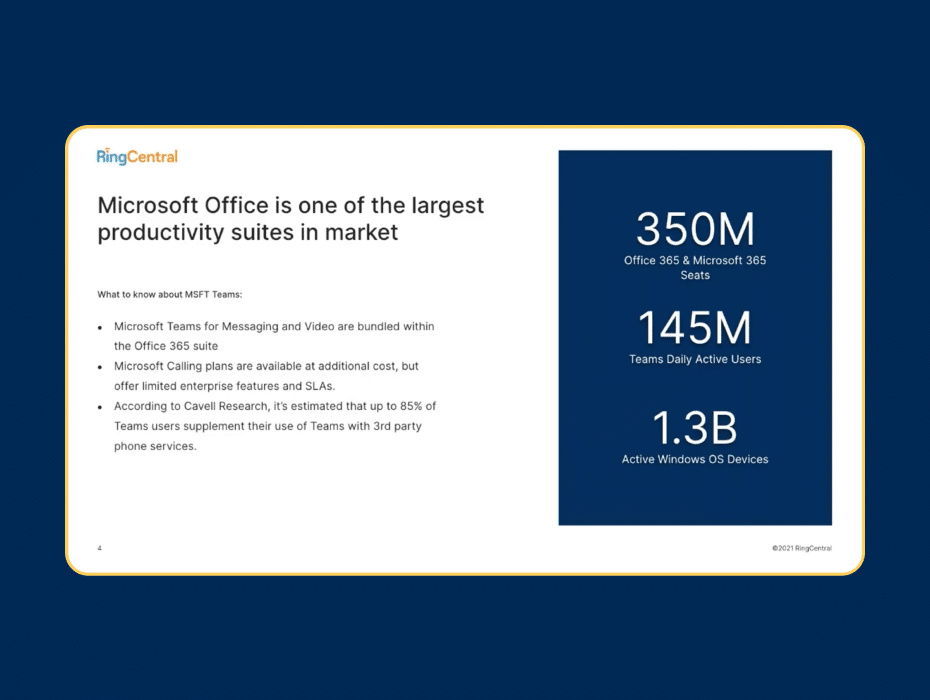At a glance:
- Supporting the new needs of government workers
- Hybrid work tools: Requirements for government agencies
- Getting government agencies hybrid-ready
👀 Why do 63% of government leaders surveyed feel their internal communications initiatives are now very important? Grab our government research report to get some answers.
2022 marks a decade since the U.S. launched its Digital Government Strategy, aimed at modernizing government services to improve their delivery for Americans. But nothing has been a more impactful catalyst for change in government agencies than the events of the last couple of years.
In a new RingCentral webinar held together with Government Technology and the Center for Digital Government, we looked at how the move to hybrid work has changed the digital imperative for government agencies, and why communications solutions need to be at the center of transformation plans.
The good news is that stakeholders seem to be very much on board with the acceleration of digital initiatives. According to data presented in our webinar by host Bob Woolley, Senior Fellow for the Center for Digital Government, transformation projects have surged over the last couple of years, with some 70% of states undertaking initiatives such as artificial intelligence-based projects—a new and very promising trend.
But as is also the case in the private sector, the government workforce itself is changing—and meeting the needs of citizens, employees, and all stakeholders will hinge upon agencies’ ability to enable accessible, inclusive communications for this new world of work.

Supporting the new needs of government workers
While the lockdown days of the pandemic were an extreme, they provided a sneak peek into the future needs of government agencies. COVID-19 certainly made service delivery difficult amid shuttered offices and a reduced ability to interface with citizens in person. But it also provided a preview for some of the challenges agencies are facing as they look towards the future of work.
More than half of agencies have already established hybrid work arrangements, according to research from RingCentral and the Center for Digital Government, and 69% see digital transformation as being very important to making this a success.
But hybrid work—which sees some employees working from the office and some working from home, based on a variety of different arrangements—is a unique model with requirements that are not the same as purely office-based or purely remote setups. This requires tools that don’t just work well in the office or at home but that reduce silos and enable the ability to work together from any location.
Hybrid work tools: Requirements for government agencies
Of course, as entities that are ultimately accountable to the public and who must maintain trust and accountability in driving their mandates, government agencies will require these supports to offer more than just enabling communication and collaboration for a hybrid work setup. To serve the public and support higher objectives, they’ll also require tools that can provide the following:
1. Reliability
As more critical tasks and workflows shift online, outages become a bigger organizational risk, and disruptions to communication capabilities, whether scheduled or unplanned, will take a bigger bite out of agency performance. Communications for a hybrid era require the highest standard of reliability written into their SLAs, because governments simply can’t afford for the lights to go out.
2. Security
From individuals’ personal health and financial data to literal state secrets, government agencies deal with—and must protect—some of the most sensitive information that exists. But the decentralization of work and increased reliance on the cloud and digital tools of hybrid work also expands agencies’ risk exposure. Tools need to employ robust state-of-the-art security measures to address these risks.
3. Accessibility
Whether due to a lack of broadband and smartphones or greater preference and trust for in-person and paper-based interactions, there remains a digital divide in the U.S. Providing services and information for all, requires inclusive, accessible delivery channels, as well as backend capabilities that can connect the dots between them. This also includes capabilities that enable interactions with citizens with hearing and visual impairments.
It’s also important to explicitly consider the accessibility of tools and information for hybrid workers, who must be able to perform all aspects of their jobs, regardless of their location. From an employee perspective, this means more than just being able to log on remotely—the entire virtual experience, such as meeting participation, must be as rich and engaging as the in-person one.
4. Adaptability
As the upheaval of the last couple of years have shown, even at the highest levels of government, it’s not always possible to predict what’s going to happen next. But maintaining public confidence requires agencies to be able to maintain communications and services in the face of the unexpected. As such, tools must be sufficiently adaptable to flex right along with agencies when they need to adapt quickly.

Getting government agencies hybrid-ready
While the demands of a government hybrid workforce may be clear, getting there is another story—especially in a sector that’s accountable for every public dollar spent. Transforming support systems and tools to meet these imperatives may seem like a steep undertaking. And it can be, if not approached right.
In our webinar, we explore what government readiness for hybrid work looks like—and how to get there. From identifying which technologies are critical at the outset to learning how to scale new capabilities, learn how to start modernizing your communications by watching our webinar, Making Hybrid Work, now.
Originally published Dec 14, 2021, updated Jul 26, 2024





